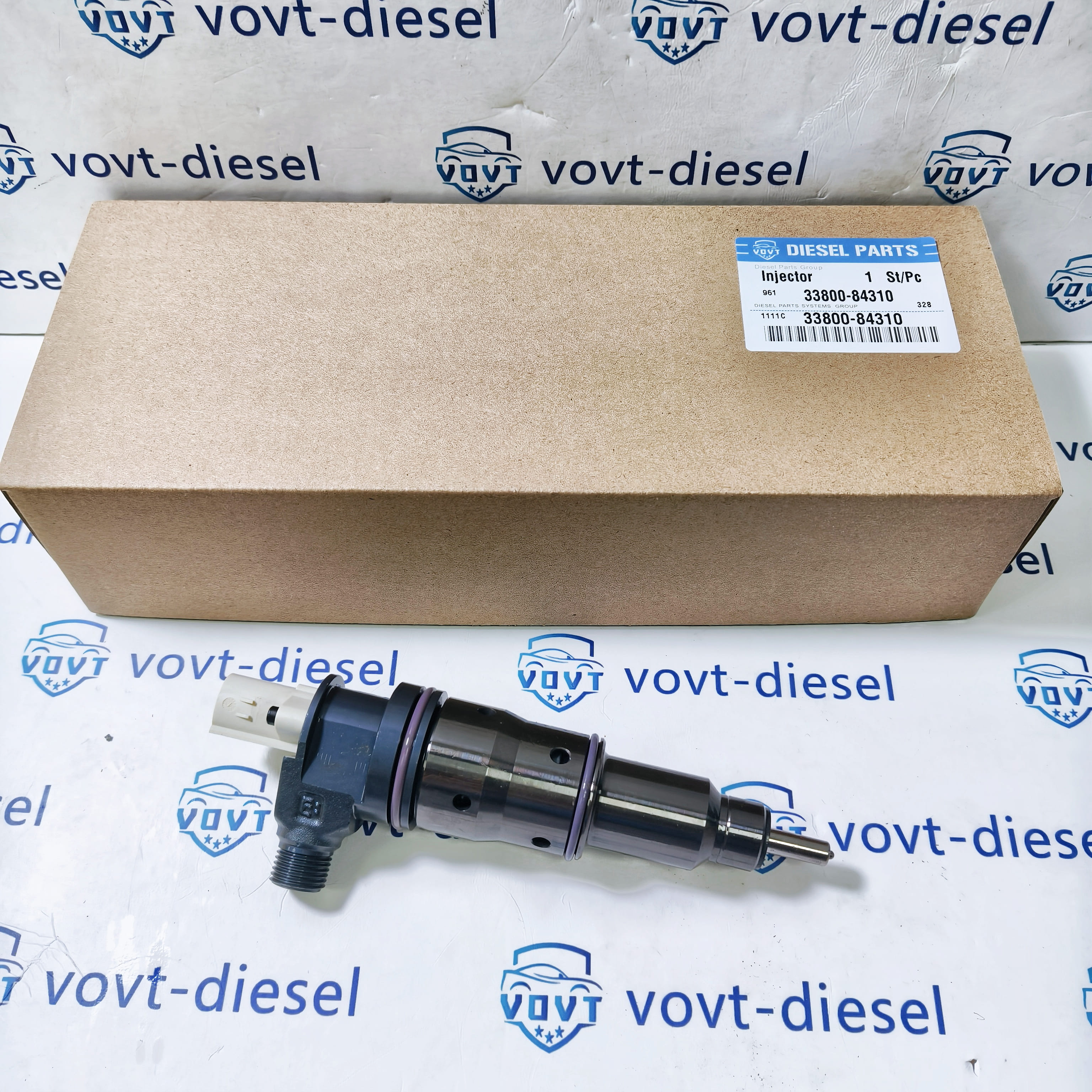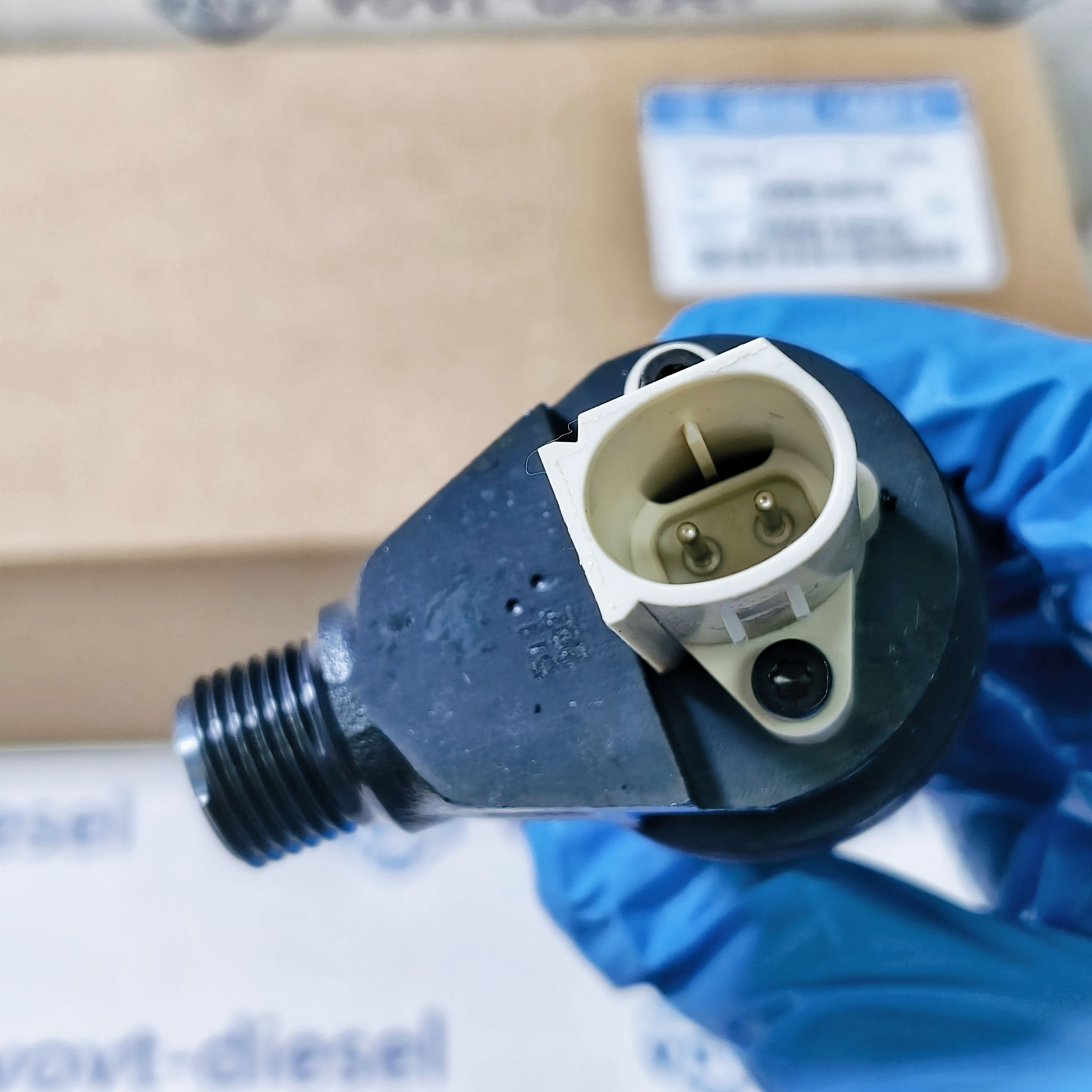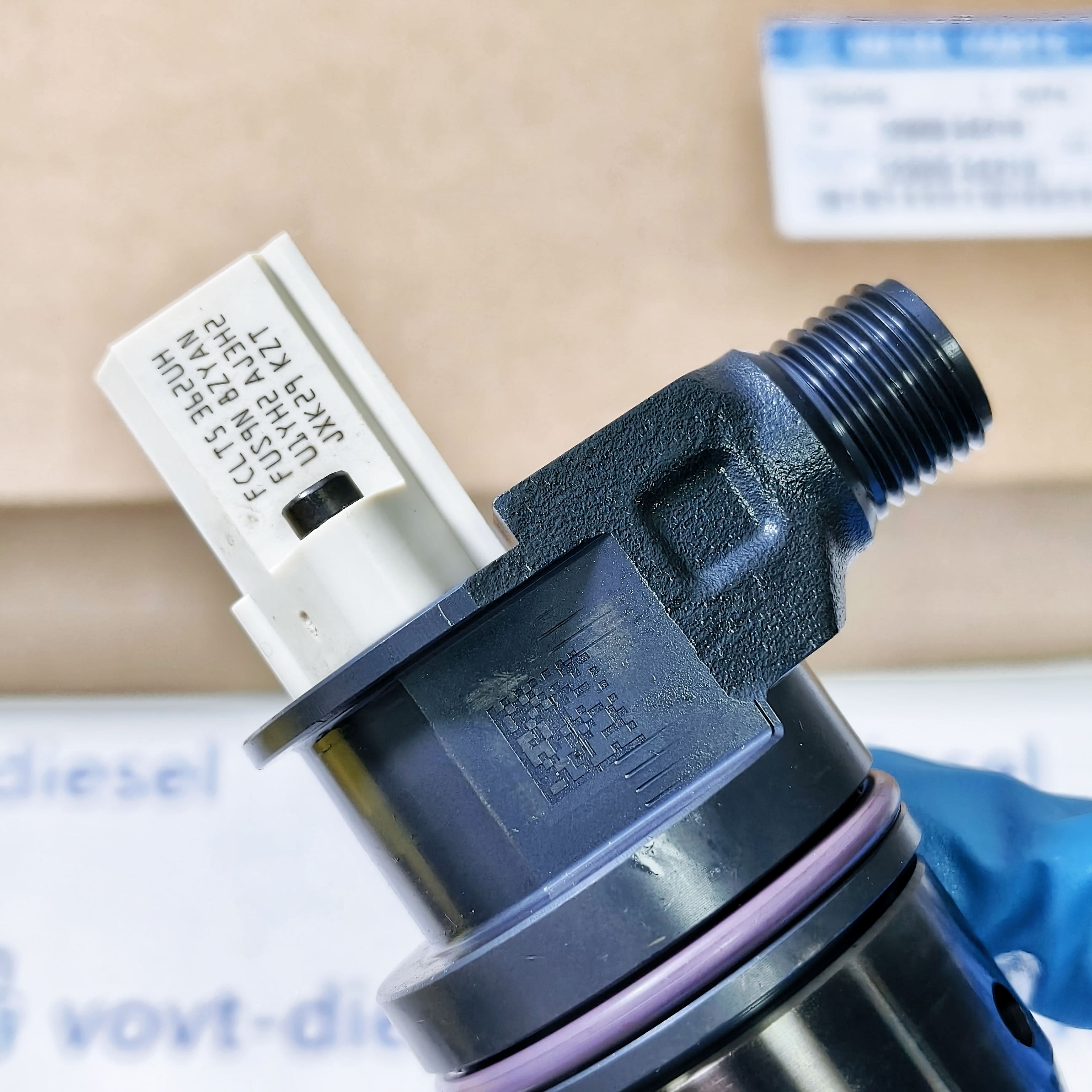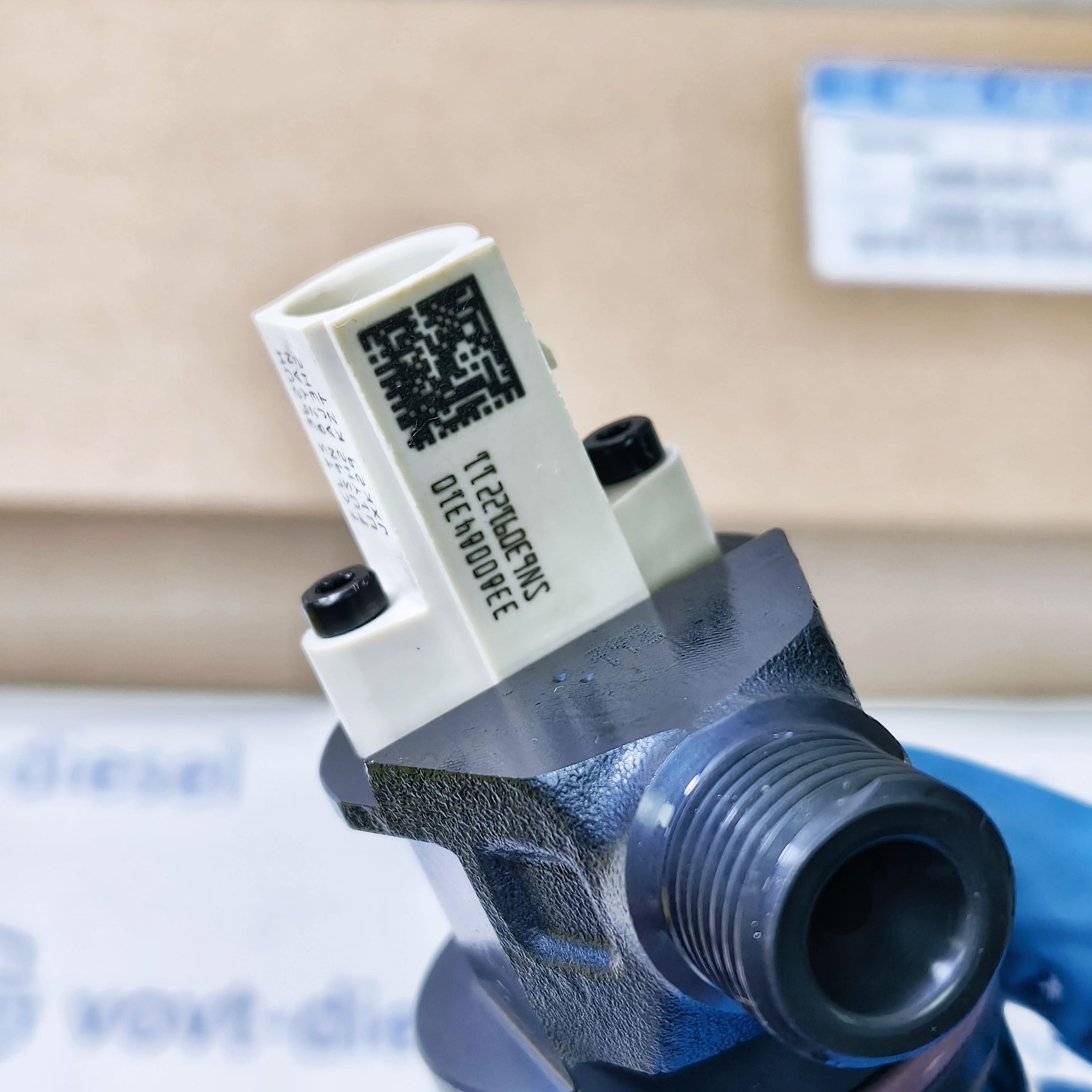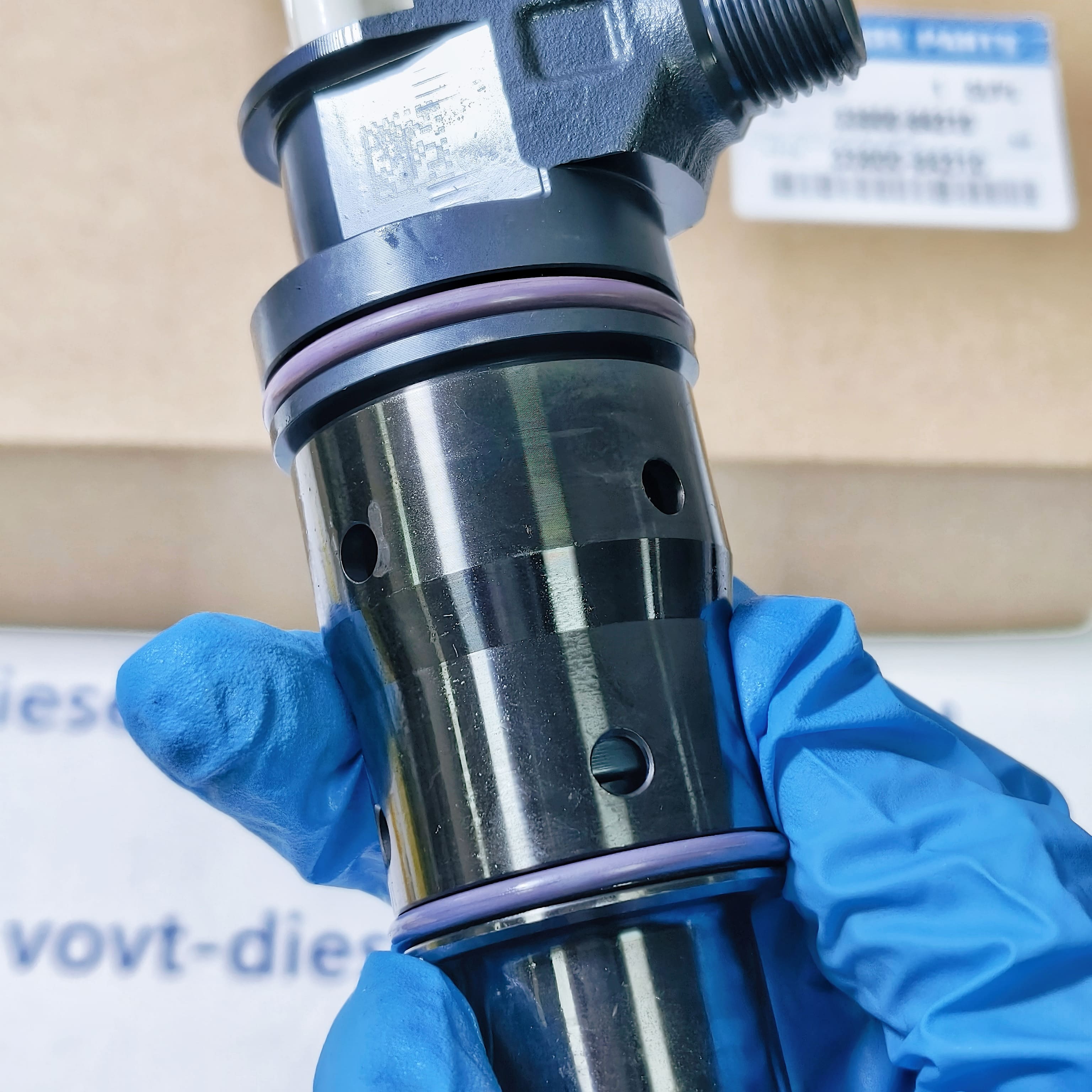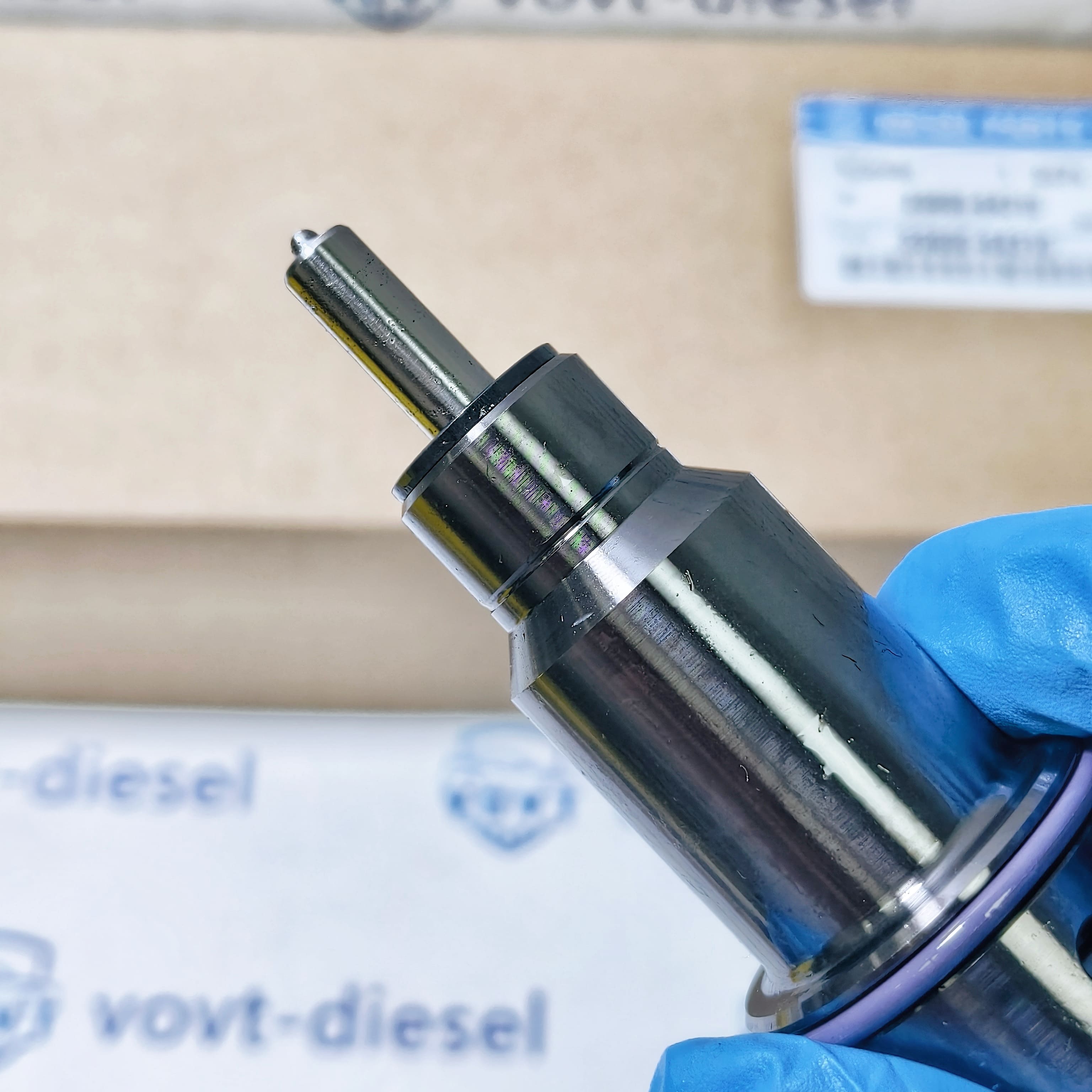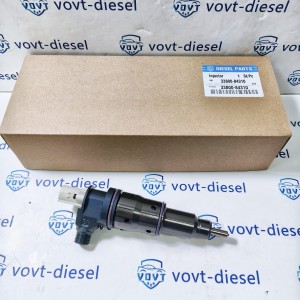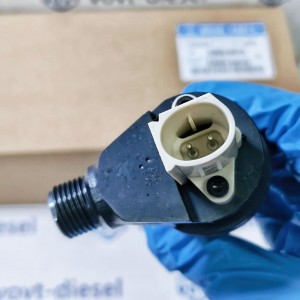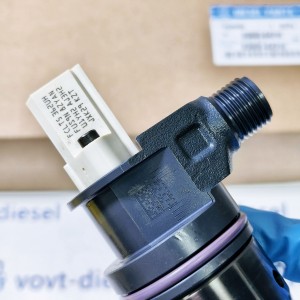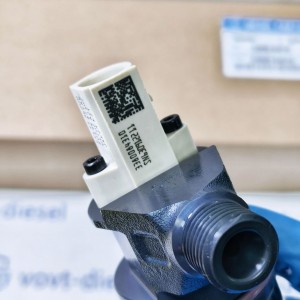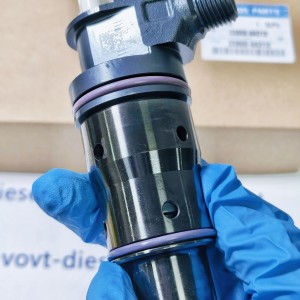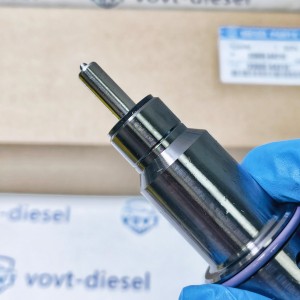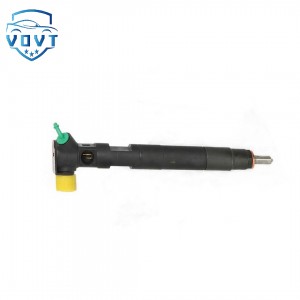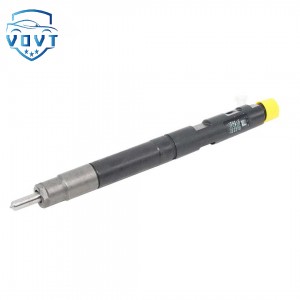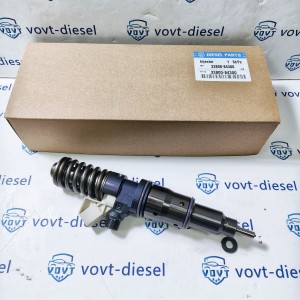High Quality Diesel Fuel Injector 33800-84310 Auto Parts
Products Description
| Reference. Codes | 33800-84310 |
| Application | / |
| MOQ | 4PCS |
| Certification | ISO9001 |
| Place of Origin | China |
| Packaging | Neutral packing |
| Quality Control | 100% tested before shipment |
| Lead time | 7~10 working days |
| Payment | T/T, L/C, Paypal, Western Union, MoneyGram or as your requirement |
Visualization Study on Transient Characteristics of Injector Spray Field Based on Laser Diagnostic Techniques
Abstract
The transient behavior of fuel spray plays a decisive role in mixture preparation, ignition, and combustion efficiency in modern internal combustion engines. Laser diagnostic techniques provide powerful tools for visualizing spray dynamics with high temporal and spatial resolution. This study focuses on the application of laser-based methods to investigate the transient characteristics of injector spray fields, aiming to reveal detailed spray evolution mechanisms and provide guidance for optimizing injection systems.
1. Introduction
With the advancement of high-pressure common rail systems, spray dynamics have become increasingly complex, characterized by rapid atomization, transient cone angle variations, and droplet breakup phenomena. Traditional visualization techniques are insufficient to capture these rapid processes. Laser diagnostics, such as Mie scattering, Laser-Induced Fluorescence (LIF), and Particle Image Velocimetry (PIV), enable non-intrusive, high-resolution visualization of spray evolution, offering deeper insights into spray behavior under realistic engine conditions.
2. Laser Diagnostic Methods
-
Mie Scattering Imaging: Provides detailed visualization of droplet distribution and spray boundaries.
-
Laser-Induced Fluorescence (LIF): Used to measure vapor concentration and fuel–air mixing processes.
-
Particle Image Velocimetry (PIV): Captures velocity fields within the spray plume, revealing turbulence and entrainment effects.
-
Phase Doppler Anemometry (PDA): Offers quantitative droplet size and velocity measurements, supporting detailed atomization analysis.
By combining these methods, both macroscopic spray structures (cone angle, penetration length) and microscopic properties (droplet size distribution, vaporization rate) can be simultaneously obtained.
3. Transient Characteristics of Spray Field
Laser diagnostics reveal that spray evolution undergoes three distinct stages:
-
Initial stage: Narrow spray cone angle with high penetration velocity, dominated by liquid core formation.
-
Steady development stage: Cone angle widens, droplet breakup intensifies, and strong air entrainment enhances fuel–air mixing.
-
Decay stage: Momentum decreases, cone angle narrows, and vaporization becomes dominant in spray evolution.
These transient characteristics directly influence ignition delay, flame development, and combustion stability.
4. Implications for Engine Optimization
Understanding spray field transients through laser diagnostics provides valuable insights for injector design and control strategy optimization:
-
Optimizing nozzle geometry to balance penetration and dispersion.
-
Adjusting injection timing and pressure to improve atomization and mixing.
-
Reducing pollutant formation (NOx, soot) by tailoring spray evolution for different engine loads.
5. Conclusion
Laser diagnostic techniques enable comprehensive visualization and quantitative analysis of injector spray field transients. The revealed mechanisms highlight the importance of dynamic spray cone angle evolution, droplet breakup, and vapor–air interaction in determining mixture formation. These insights offer a scientific basis for designing advanced fuel injection systems aimed at improving combustion efficiency and reducing emissions.

